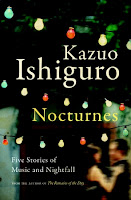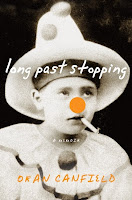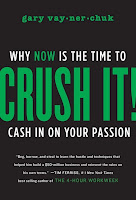 Last week I was excited to try Shortcovers — I’ve been reading manuscripts and classics on my Sony eReader for over a year, and now wanted to try to buy new content from a source that made it easy to transfer from device to device. Shortcovers promises this is easy. And let’s keep in mind that I am not one to be afraid of technology. But many, many things went wrong:
Last week I was excited to try Shortcovers — I’ve been reading manuscripts and classics on my Sony eReader for over a year, and now wanted to try to buy new content from a source that made it easy to transfer from device to device. Shortcovers promises this is easy. And let’s keep in mind that I am not one to be afraid of technology. But many, many things went wrong:
1. On my way home from The Giller Light, I thought — “cool, I’ll download the winner (The Bishop’s Man) to my blackberry and start reading it tonight.” No such luck, I searched and searched, and couldn’t find the book. #shortcoversfail.
2. The next day I thought, “it’s got to be there now,” as I searched for The Bishop’s Man again. There it was, kudos to Shortcovers for having it up quickly. When I clicked, I got a message that I needed to buy this book. “Sure,” I thought, and clicked to buy. I entered my credit card information. “This is not a valid credit card.” I did it again. And again. And again. And again. It. Would. Not. Work. #shortcoversfail.
3. Then, Friday as I was tidying up my office, I dusted off my Sony eReader (I haven’t been reading a pile of books electronically in the last little while), plugged it in and thought, “okay, I’ll buy the books from Shortcovers, dump them on my eReader, and then transfer them to my blackberry.” Logon to Shortcovers, buy The Bishop’s Man and Eating Animals by Jonathan Safran Foer, and download them to my Adobe Digital Editions. Adobe Digital Editions says, “here they are!” And I can see the books. Next step, “plug in your reader and it’ll automatically recognize it.” Nope. I followed all the steps and for the life of me could not get my reader to pick up the Shortcovers content; this might not be their fault — apparently I might need to update my Sony interface but because I’m at work, I don’t have adminstrative capabilities for my laptop, I couldn’t do that. #shortcoversfail.
4. Back to my blackberry. Apparently, once you’ve bought the books they should automatically download onto your phone because they’re paid for. No. They don’t. Oh, I can get the sample chapters but I’ve paid for the whole book — not just the sample chapters. Nothing happened automatically nor was there a single useful “help” section that could be of assistance. Also, there’s no phone number, just those annoying email customer service forms. #shortcoversfail.
5. Now, I’ve got two great books, both I’m dying to read digitally marooned on my laptop at work with no way of getting them anywhere else and feel like I’ve wasted $25.00. I HATE wasting $25.00. And what’s worse — I want the content, I want to be able to read it in both places, I want it to work. #shortcoversfail.
Anyone have any suggestions?







